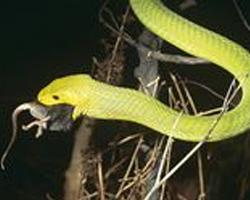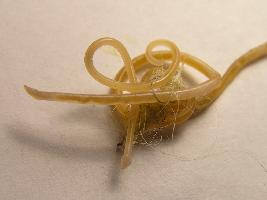
Greutăți și măsuri
| Lungime | de la 10 la 12 cm |
|---|
Date biologice
| Durata de viață | de la 2 la 5 ani |
|---|
Starea de conservare
| Amenințat |
Descrierea animalului
The Spinycheek crayfish, scientifically known as Faxonius limosus, is a fascinating species of freshwater crayfish that belongs to the family Cambaridae. Originating from the eastern United States, this species has been introduced to various parts of the world, including Europe, where it has established itself in numerous aquatic habitats. The Spinycheek crayfish is recognized for its distinctive physical and ecological characteristics, making it a subject of interest among ecologists, conservationists, and aquatic enthusiasts.Physically, the Spinycheek crayfish can be identified by its robust and somewhat elongated body, which typically exhibits a range of colors from olive green to a darker brown hue. This coloration effectively camouflages the crayfish in its natural habitat, providing protection against predators. One of the most distinctive features of this species is the presence of spiny projections on its cheeks, from which it derives its common name. These spines, along with a series of smaller spines along the margin of the rostrum, give the Spinycheek crayfish a formidable appearance. The crayfish also possesses large, powerful pincers that are not only tools for defense but are also essential for feeding and manipulating objects in their environment.
Adult Spinycheek crayfish typically range in size from 4 to 12 centimeters in length, although size can vary depending on environmental conditions. They are opportunistic feeders, with a diet that includes a wide variety of aquatic plants, detritus, small invertebrates, and occasionally fish. This diverse diet allows them to thrive in many different aquatic environments, including rivers, lakes, and streams with varying levels of water quality.
The reproductive habits of the Spinycheek crayfish are noteworthy. They exhibit a form of direct development, where eggs are carried under the tail of the female until they hatch into miniature versions of the adults, skipping the larval stage typical of many aquatic invertebrates. This reproductive strategy allows for rapid population growth and expansion, contributing to their success as an invasive species in non-native habitats.
Ecologically, the Spinycheek crayfish plays a significant role in its ecosystem. As both a predator and prey, it is a key component of the aquatic food web, impacting the populations of other aquatic organisms. However, in areas where it has been introduced, it can outcompete native crayfish species for resources, leading to declines in native biodiversity. Its burrowing behavior can also cause erosion and destabilization of riverbanks, posing challenges for habitat management and conservation efforts.
Conservation efforts for native crayfish populations often involve monitoring and controlling the spread of invasive species like the Spinycheek crayfish. Understanding the ecological impact of this species is crucial for maintaining the balance of freshwater ecosystems and protecting the diversity of aquatic life.
In conclusion, the Spinycheek crayfish is a remarkable species with unique characteristics and significant ecological impacts. Its ability to adapt to various environments has allowed it to thrive beyond its native range, posing challenges and opportunities for conservationists and researchers. The study and management of this species offer valuable insights into the complexities of aquatic ecosystems and the importance of maintaining biodiversity.
Animale similare
Fotografii noi cu animale
Top 10 animale
- Diana monkey (Cercopithecus diana)
- Dolphin gull (Leucophaeus scoresbii)
- Galápagos tortoise (Geochelone nigra complex)
- Moustached guenon (Cercopithecus cephus)
- Japanese spider crab (Macrocheira kaempferi)
- Colossal squid (Mesonychoteuthis hamiltoni)
- Fox tapeworm (Echinococcus multilocularis)
- Stone loach (Barbatula barbatula)
- Japanese macaque (Macaca fuscata)
- Barbary macaque (Macaca sylvanus)


